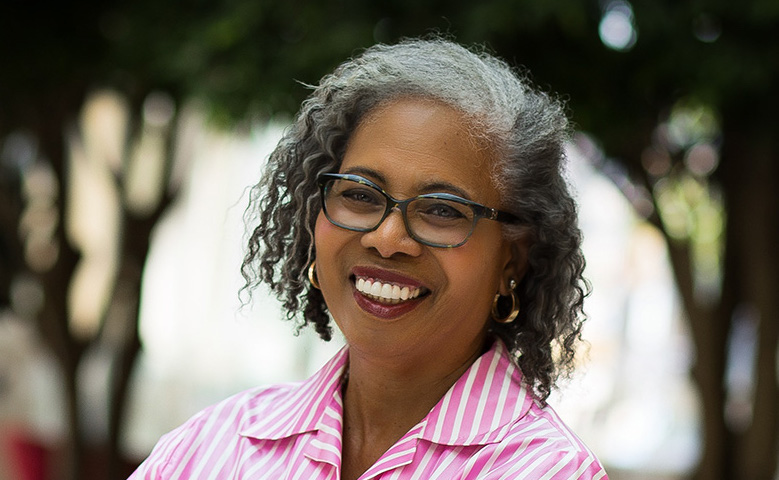


My course mentor also mentioned that she used to be a teacher at an all-boys military high school and that she used the circle approach with a “name game” to learn the names of the students in her classroom I found this to be a very interesting approach to connecting with students, and it’s something I’d like to try in my own classroom. We talked about how teachers should talk out loud during the modeling portion of the activity, so that students can hear and see what they should be thinking as they work through a problem independently We also discussed the author’s use of classroom circles for morning meetings, even in the upper grades. we discussed the applicability of the workshop model that the author discussed, and some best practices for implementing it in the classroom. This is a specific example of something I will do in my own classroom, as a result of gaining this additional insight from the book discussion.ĭiscussions with my course mentor also broadened my view of the book, “Teaching with Intention: Defining Beliefs, Aligning Practice, Taking Action. We also discussed building trust and rapport in a classroom where a teacher is a different race than the majority of the students in that classroom by taking the time to get to know and relate to the students and their families. However, we should use diversity in our classroom to teach tolerance and include cultural elements that are tailored to each student’s diverse background. For example, we discussed how it is unrealistic to pretend we don’t see color when it comes to race, as that’s completely untrue. Written in three voices - that of an African American scholar and researcher, a teacher, and a parent and active community member - this book is a mixture of scholarship and storytelling.After discussing the book, “The Dreamkeepers: Successful Teachers of African-American Children,” by Gloria Ladson-Billings with my course mentor, I developed some new interpretations and thoughts on the book. Who are the successful teachers of African American students? What do they do? And how can we learn from them? Her portraits of eight exemplary teachers who differ in personal style and methods but share an approach to teaching that affirms and strengthens cultural identity are inspiring and full of hope. In The Dreamkeepers, Gloria Ladson-Billings explores the positive signs for the future. Historically, they have been denied schooling, subject to separate and unequal education, and forced into unsafe, unhealthy, substandard schools. Summary: Quality education remains an elusive dream for most African American children.


 0 kommentar(er)
0 kommentar(er)
